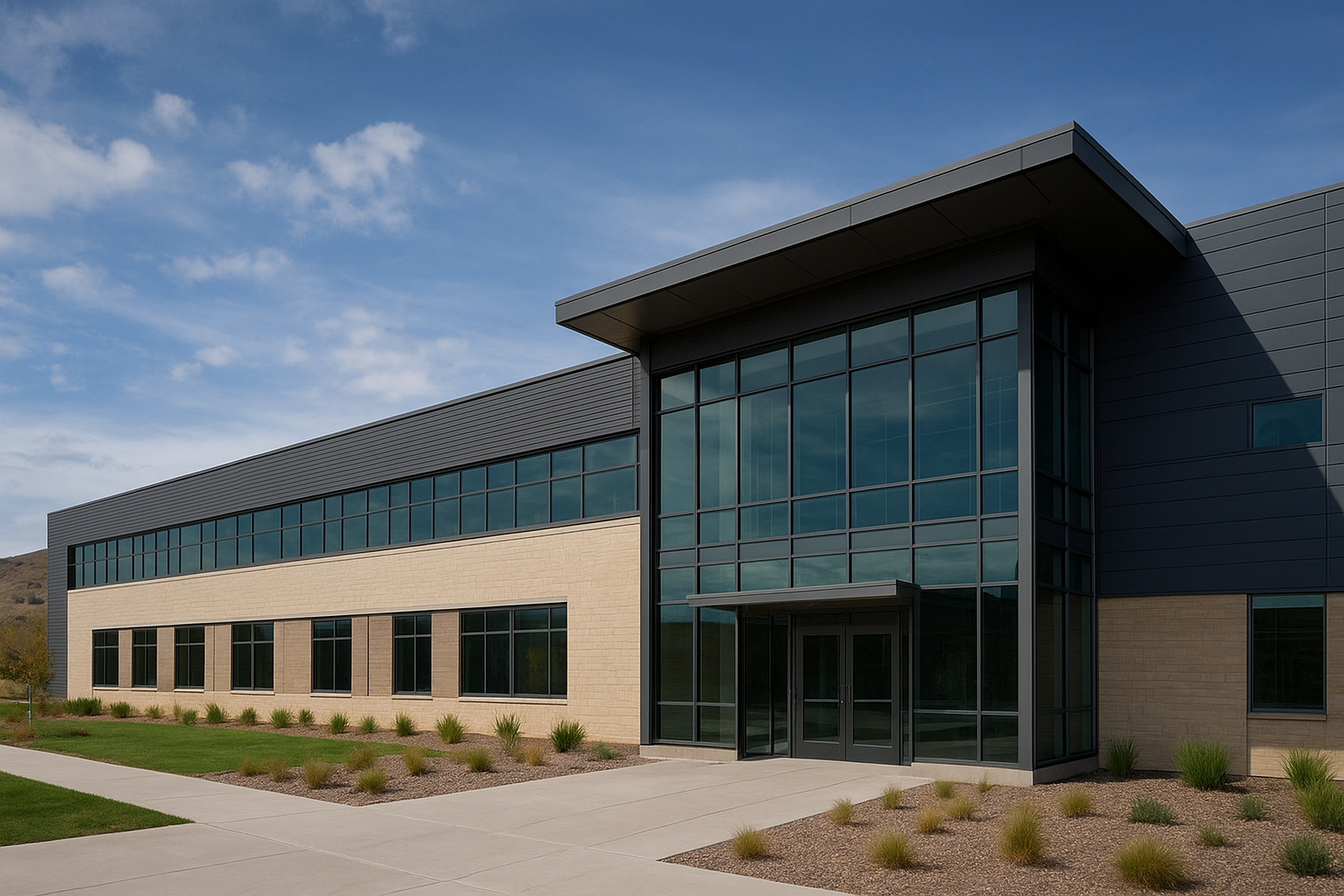In the rapidly evolving world of technology, the launch of Montana State University’s new quantum computing research facility marks a historic milestone not just for the institution, but also for the broader scientific community in the United States.
Named QCORE Quantum Collaborative Research and Education, the facility is set to officially open its doors later this month with substantial support from over 60 external partners, including a game changing $44.7 million investment from the U.S Air Force Research Laboratory (AFRL).
This 12,600 square foot facility, housed in the EngineWorks building at 2425 Technology Blvd. on MSU’s Innovation Campus, will be the epicenter of quantum research, education, and collaboration.
With its official open house scheduled for Friday, Aug. 22, QCORE is already generating immense excitement among researchers, students, industry leaders, and policymakers.
Why Quantum Computing Matters Today
Quantum computing is often described as the next frontier of technological innovation. Unlike classical computers, which process information in binary (0s and 1s), quantum computers harness the principles of quantum mechanics such as superposition and entanglement to perform complex computations at unprecedented speeds.
The implications are enormous. From drug discovery and climate modeling to cybersecurity and artificial intelligence, quantum computing holds the potential to revolutionize industries and solve problems that are currently beyond the reach of even the most powerful supercomputers.
By establishing QCORE, Montana State University is positioning itself at the forefront of this transformation. Dr. Sarah Williams, a quantum physicist and professor at MSU, described the facility as a once in a generation opportunity for Montana and the nation.
According to her, the $44.7 million support from AFRL is not just financial backing it’s an endorsement of MSU’s capability to lead in an area where the United States is in a global race for supremacy.
Industry leaders are equally optimistic. John Carter, CEO of a tech startup collaborating with QCORE, emphasized, What excites us is not just the science, but the ecosystem QCORE is creating. It’s rare to see this level of academia industry government partnership in a single facility.
Quantum Research Driving Real World Applications
To understand the transformative potential of QCORE, one can look at a case study from a similar quantum initiative at the University of Chicago. Their quantum center developed novel algorithms for supply chain optimization, helping companies reduce costs and carbon footprints simultaneously.
QCORE aims to replicate and expand upon such successes. By integrating interdisciplinary research spanning physics, computer science, and engineering MSU scientists are preparing to tackle challenges in national security, energy efficiency, and advanced computing.
For example, the AFRL investment highlights the military’s growing interest in quantum capabilities for secure communications and advanced simulations. Such partnerships demonstrate how QCORE’s research could directly shape national defense strategies.
Students at the Core of QCORE
While QCORE is attracting global attention, its most profound impact might be on the students walking its halls. Michael Jensen, a graduate student in MSU’s physics department, shared his excitement.
For years, we’ve studied quantum theory in classrooms and small labs. Now, we’ll have a world class facility right here in Montana where we can put ideas into action. It’s life changing for young researchers like us.
QCORE’s interdisciplinary approach means students from diverse fields physics, engineering, mathematics, and even philosophy will have the chance to collaborate.
This culture of inclusivity ensures that the next generation of innovators won’t just understand quantum theory but will also apply it to real world problems.
Why Montana Is the Right Place
At first glance, some might wonder why a cutting edge quantum computing research facility is being launched in Montana, rather than in Silicon Valley or Boston. The answer lies in MSU’s unique positioning.
Located at the heart of Bozeman, MSU’s Innovation Campus is designed as a hub for collaboration between academia and industry. MSU’s College of Letters and Science has a long history of excellence in physics and engineering, making it a natural home for QCORE.
Unlike large metropolitan hubs, Bozeman offers a focused and supportive environment for research, where distractions are fewer, and innovation thrives. This combination makes Montana not just a participant in the quantum revolution but a leader in shaping its trajectory.
The Role of Collaboration in QCORE’s Success
Collaboration is at the heart of QCORE’s design. The facility’s partnerships span across 60 organizations including tech companies, federal agencies, and academic institutions.
Such networks amplify the impact of research by ensuring that discoveries don’t remain confined to academic journals but instead transition into tangible technologies.
For instance, startups will have opportunities to test and develop quantum algorithms within QCORE, while defense organizations will benefit from secure communication breakthroughs.
At the same time, students and faculty will contribute to a dynamic ecosystem that thrives on knowledge exchange.
The Future Outlook for Quantum Computing at MSU
The official launch of QCORE is only the beginning. Experts predict that within the next decade, quantum computing will transition from experimental labs to real world applications in industries such as healthcare, finance, and transportation.
Montana State University, with its QCORE facility, is strategically positioning itself to be a leader in this transformation. By combining research excellence, student involvement, and cross sector partnerships, MSU is ensuring that quantum advancements benefit not only Montana but the entire global community.
The opening of Montana State University’s quantum computing research facility represents more than just a local achievement it’s a bold leap into the future of technology, education, and national innovation.
Supported by AFRL’s $44.7 million investment and backed by 60 collaborative partners, QCORE is set to redefine what’s possible in the realm of quantum science.
As students, researchers, and industry leaders gather at the open house on August 22, they won’t just be celebrating a new building.
They’ll be witnessing the dawn of a new era one where Montana becomes a pivotal player in unlocking the mysteries and potentials of quantum computing.

